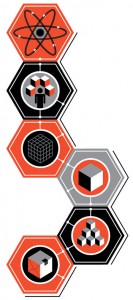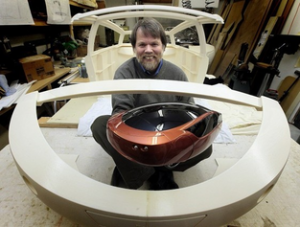
Micro Manufacturing, Third Wave Style…Perfect for Worker Coops?
In the Next Industrial Revolution, Atoms Are the New Bits
By Chris Anderson
The door of a dry-cleaner-size storefront in an industrial park in Wareham, Massachusetts, an hour south of Boston, might not look like a portal to the future of American manufacturing, but it is. This is the headquarters of Local Motors, the first open source car company to reach production. Step inside and the office reveals itself as a mind-blowing example of the power of micro-factories.
. . . . . . . .

In June, Local Motors will officially release the Rally Fighter, a $50,000 off-road (but street-legal) racer. The design was crowdsourced, as was the selection of mostly off-the-shelf components, and the final assembly will be done by the customers themselves in local assembly centers as part of a “build experience.” Several more designs are in the pipeline, and the company says it can take a new vehicle from sketch to market in 18 months, about the time it takes Detroit to change the specs on some door trim. Each design is released under a share-friendly Creative Commons license, and customers are encouraged to enhance the designs and produce their own components that they can sell to their peers.
. . . . . . . .
Here’s the history of two decades in one sentence: If the past 10 years have been about discovering post-institutional social models on the Web, then the next 10 years will be about applying them to the real world.
This story is about the next 10 years.




